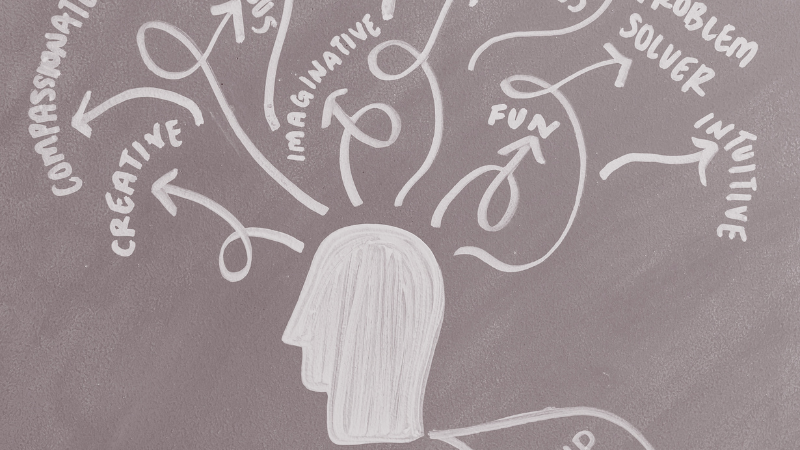Picture this: You’re staring at a mountain of information, feeling overwhelmed and unsure where to start. We’ve all been there. But what if there was a way to transform that chaos into clarity? Enter mind maps, powerful tools that can revolutionize how you learn and retain information.
Mind maps are more than just fancy note-taking techniques. They’re brain-friendly methods that mirror how our minds naturally process and connect ideas. By harnessing mind maps, you can supercharge your learning and unlock your brain’s full potential.
The Magic Behind Mind Maps
At their core, mind maps are about creating visual representations of information. You start with a central idea and branch out into related concepts, using keywords, images, and colors. This approach taps into both the logical and creative sides of your brain, making learning not just faster, but also more enjoyable.
Research backs this up. Studies show that mind maps can significantly boost memory retention and comprehension. Why? Because they align with how our brains naturally store and retrieve information. It’s like creating a roadmap for your thoughts, making it easier to navigate complex ideas.
Why Mind Maps Work Wonders
- Boost Memory: By organizing information visually, mind maps create mental “hooks” that make recall a breeze.
- Spark Creativity: The non-linear nature of mind maps encourages new connections and ideas to flow freely.
- Simplify Complexity: Breaking down big topics into manageable chunks makes learning less daunting.
- Increase Engagement: The interactive and visual elements of mind maps make learning more engaging and fun.
- Deepen Understanding: Mind maps help you connect new information with existing knowledge, leading to deeper comprehension.
Craft Your Own Mind Map in 5 Easy Steps
Ready to give it a try? Here’s how to create your first mind map:
- Start Central: Write your main topic in the center of your page or digital canvas.
- Branch Out: Draw lines radiating from the center, each representing a major subtopic.
- Add Keywords and Images: On each branch, include key terms and relevant visuals that capture the essence of the subtopic.
- Connect the Dots: Add smaller branches to your main ones for more detailed information.
- Get Colorful: Use different colors and symbols to highlight key points and make your map visually appealing.

Mind Maps in Action
Mind maps aren’t just for students cramming for exams. They’re versatile tools that can enhance various aspects of learning and productivity:
- Capture Lecture Highlights: Transform dense lectures into clear, structured notes.
- Brainstorm Like a Pro: Generate and organize ideas for your next big project.
- Master Project Planning: Map out the steps and resources needed for complex tasks.
- Ace Your Exams: Create comprehensive study guides that make review sessions more effective.
Whether you’re a student tackling complex subjects or a professional streamlining your workflow, mind maps can be game-changers in how you process and recall information.
Maximizing Your Mind Mapping Mojo
To get the most out of your mind mapping experience:
- Keep It Simple: Don’t overcrowd your map. Stick to key points and let your brain fill in the details.
- Embrace Visuals: Use images and symbols to make your map more memorable and engaging.
- Review and Refine: Regularly revisit your mind maps to reinforce learning and add new insights.
- Go Digital: Experiment with tools like MindMeister or XMind for added flexibility and features.
Your Brain’s New Best Friend
Incorporating mind maps into your learning toolkit can dramatically enhance your ability to absorb and retain information. It’s not just about learning faster; it’s about learning smarter. By structuring knowledge in a way that resonates with your brain’s natural processes, you’re setting yourself up for success.
So, the next time you’re faced with a new subject to master or a complex problem to solve, reach for a mind map. It might just be the key to unlocking your full learning potential.
Ready to dive deeper into the world of accelerated learning? Sign up for our newsletter and receive regular tips, strategies, and resources to help you learn smarter and faster.
